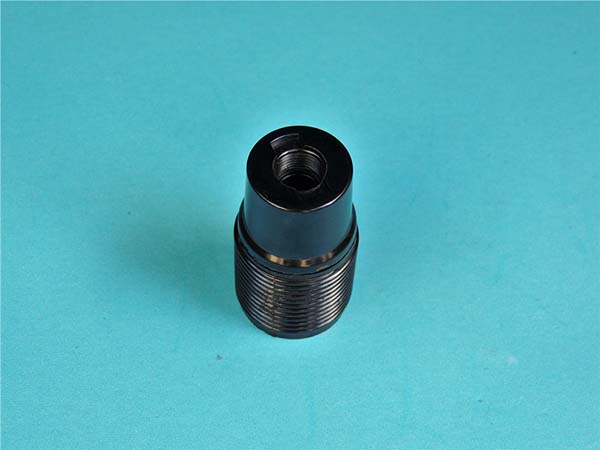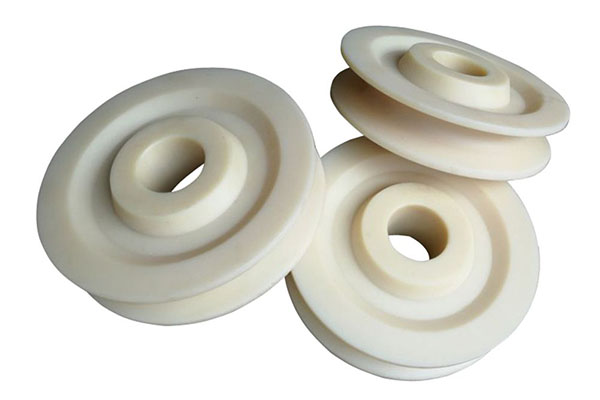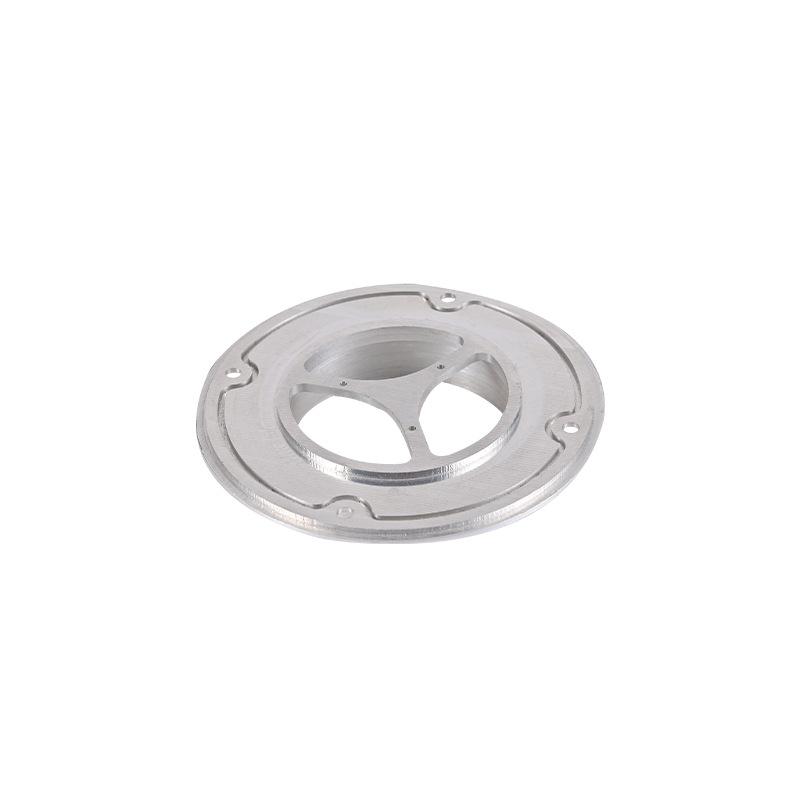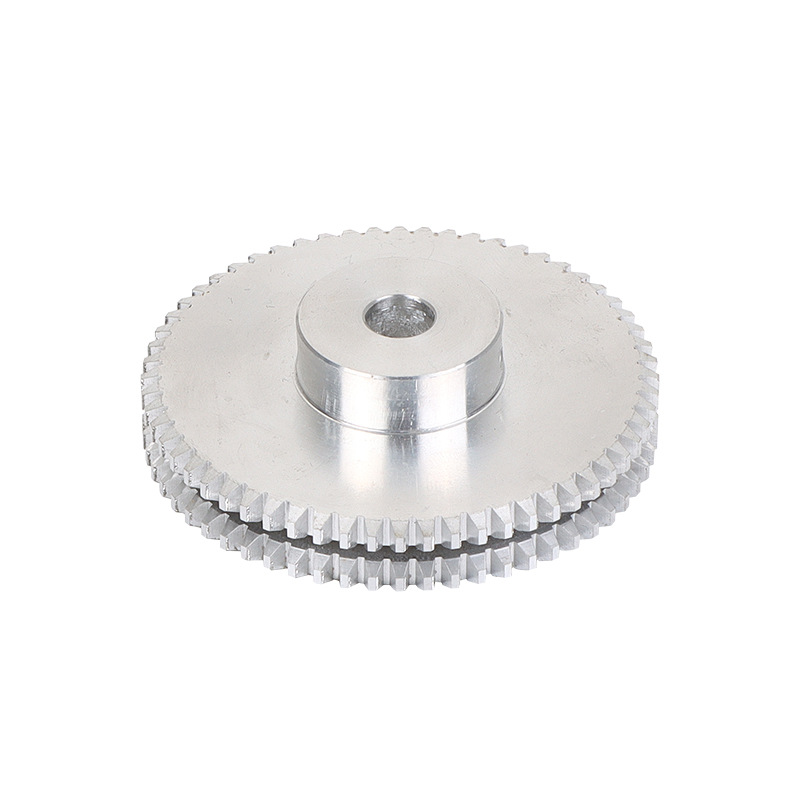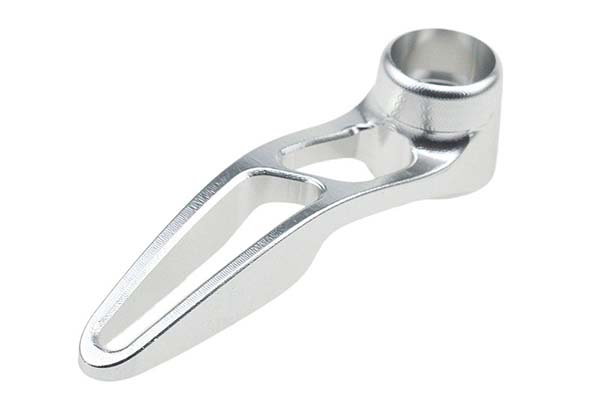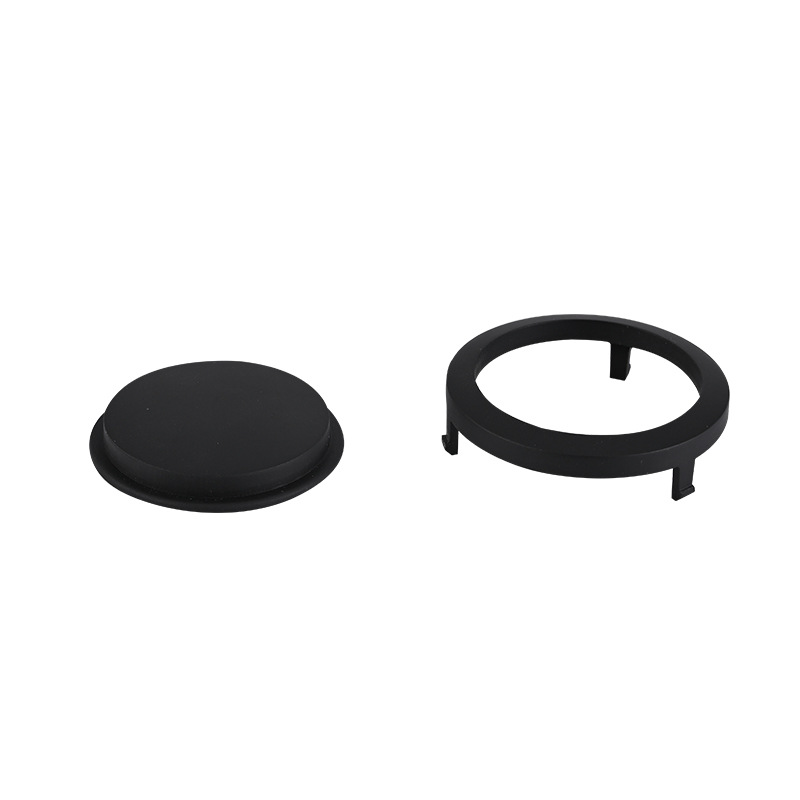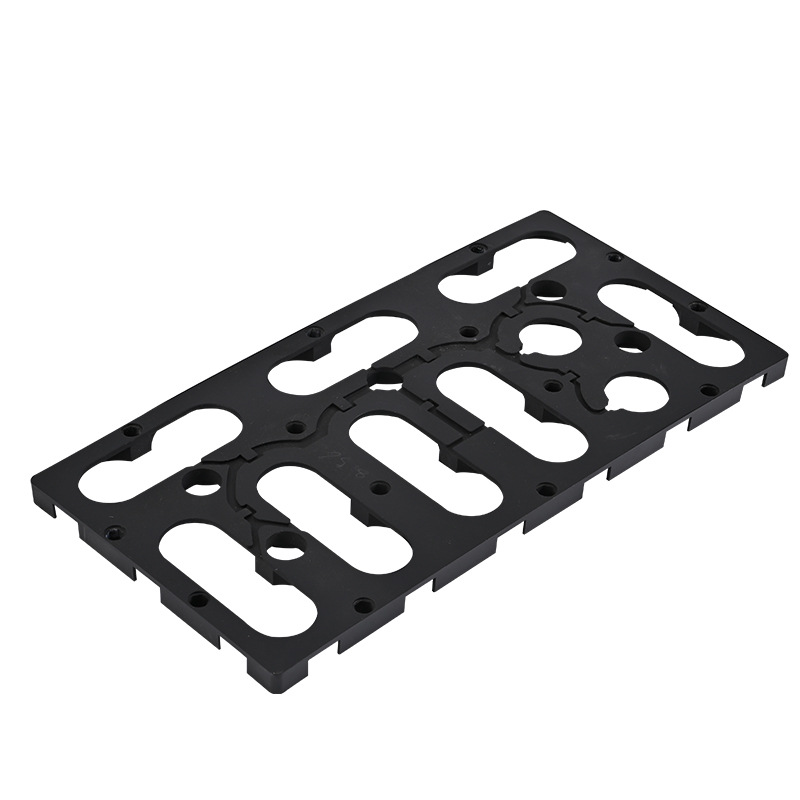What is Aviation 3D Printing?
Aviation 3D printing, also known as additive manufacturing in the aviation industry, is a revolutionary technology that has transformed the way aircraft components are designed and produced. At its core, it involves the creation of three - dimensional objects from a digital model file.
The working principle is based on the concept of layer - by - layer material deposition. First, a detailed 3D model of the desired component is created using Computer - Aided Design (CAD) software. This digital model serves as the blueprint for the entire manufacturing process. Then, a 3D printer, specifically designed for aviation applications, comes into play.
There are various types of materials used in aviation 3D printing, such as high - strength metals like titanium and aluminum alloys, as well as advanced composite materials. These materials are carefully selected for their lightweight properties, high strength - to - weight ratio, and excellent heat - resistance, which are crucial for aircraft components. For example, titanium is widely used in 3D - printed aviation parts due to its low density and high corrosion resistance, making it ideal for components like engine brackets and wing structures.
The 3D printer takes the digital model and slices it into numerous ultra - thin layers. Each layer is then built up successively. In the case of metal 3D printing, a laser or electron beam is often used to melt and fuse metal powder layer by layer. For polymer - based materials, techniques like fused deposition modeling (FDM) may be employed, where a heated nozzle extrudes molten plastic to form the layers. This additive process contrasts sharply with traditional manufacturing methods, which often involve subtractive processes such as machining, where material is removed from a larger block to create the desired shape.
In the aviation industry, precision is of utmost importance. 3D printing can achieve extremely high tolerances, often within the range of a few micrometers. This level of precision ensures that the printed components fit perfectly into the aircraft's overall structure, reducing the need for extensive post - processing and assembly adjustments. For instance, complex engine components with intricate internal geometries can be 3D - printed with high accuracy, optimizing the engine's performance and fuel efficiency.
The Main Technologies of Aviation 3D Printing
There are several key 3D printing technologies widely used in the aviation industry, each with its own unique features and applications.
Fused Deposition Modeling (FDM)
Fused Deposition Modeling (FDM) is one of the most well - known 3D printing technologies. In the FDM process, a spool of thermoplastic filament is fed into an extruder. The extruder heats the plastic to its melting point and then extrudes it through a nozzle. As the nozzle moves in a precise pattern controlled by the 3D printer's software, the molten plastic is deposited layer by layer. Each layer bonds to the previous one, gradually building up the three - dimensional object.
In aviation, FDM is often used for creating non - critical parts, prototypes, and tooling. For example, it can be used to print jigs and fixtures that are used in the assembly process of aircraft. The advantages of FDM in aviation 3D printing are significant. It has a relatively low cost compared to some other 3D printing technologies, which makes it accessible for small - scale aviation projects or for creating low - volume prototypes. FDM also allows for a wide range of thermoplastic materials to be used, some of which have good mechanical properties suitable for certain aviation applications. Additionally, the FDM process is relatively straightforward, and the equipment is easy to operate and maintain.
Stereolithography (SLA)
Stereolithography (SLA) operates on a different principle. It uses a vat of liquid photopolymer resin. A high - precision ultraviolet (UV) laser is directed at the surface of the resin. When the UV laser hits the resin, it causes a photochemical reaction, curing the resin and turning it into a solid. The 3D printer builds the object layer by layer. After each layer is cured, the build platform is lowered slightly, and a new layer of resin is spread over the previously cured layer, ready for the laser to solidify the next cross - section.
In the aviation sector, SLA is highly valued for its ability to produce parts with extremely high precision and smooth surface finishes. This makes it ideal for creating detailed models of aircraft components, such as engine parts with complex internal geometries for design verification and aerodynamic testing. The high - resolution capabilities of SLA mean that it can accurately replicate intricate details, which is crucial for ensuring the functionality and performance of aviation parts. However, SLA also has some limitations. The resin materials used in SLA can be relatively expensive, and the post - processing of SLA - printed parts, such as removing support structures and further curing, can be time - consuming.
Selective Laser Sintering (SLS)
Selective Laser Sintering (SLS) uses a high - power laser to sinter powdered materials, such as plastics, metals, or ceramics. The process starts with a powder bed. The laser scans the surface of the powder bed according to the cross - sectional shape of the object being printed. As the laser hits the powder, it raises the temperature of the powder particles to a point where they fuse together, forming a solid layer. After each layer is sintered, the powder bed is lowered, a new layer of powder is spread, and the process is repeated until the entire object is completed.
In aviation, SLS is often used to manufacture functional and durable components. For instance, it can produce high - strength metal parts like brackets and structural components that need to withstand significant mechanical stress during flight. One of the major advantages of SLS is its ability to work with a variety of materials, including high - performance metals suitable for aviation applications. It also allows for the creation of complex geometries without the need for extensive support structures, as the unsintered powder provides natural support during the printing process. This not only simplifies the post - processing but also enables the production of parts with internal cavities and lattice structures, which can contribute to weight reduction while maintaining strength, a crucial factor in aviation design.
The Applications of Aviation 3D Printing
Component Manufacturing
Aviation 3D printing has revolutionized the manufacturing of complex aircraft components. For instance, in the production of engine parts, traditional manufacturing methods often involve multiple complex machining processes, which are time - consuming and costly. With 3D printing, these parts can be produced in a more streamlined manner.
Take the fuel nozzles of aircraft engines as an example. General Electric (GE) has successfully used 3D printing to manufacture fuel nozzles. The traditional manufacturing of fuel nozzles might require assembling multiple sub - components, while 3D printing allows for the production of a single, integrated part with complex internal channels. This not only reduces the number of parts and assembly steps but also improves the fuel - spraying efficiency of the nozzle. The use of 3D printing in manufacturing fuel nozzles has reduced the production time from weeks to just a few days and decreased the weight by up to 25%, leading to better fuel efficiency and performance of the engine. Additionally, 3D - printed components can have complex lattice structures that are extremely difficult to achieve through traditional manufacturing methods. These lattice structures can significantly reduce the weight of the component while maintaining its strength, which is crucial for improving the overall performance of the aircraft.
Prototype Manufacturing
The technology plays a vital role in the rapid prototyping of aircraft. Before the mass production of a new aircraft model or a component, creating a prototype is essential for testing and validating the design. 3D printing enables engineers to quickly transform a digital design into a physical prototype.
For example, when developing a new wingtip device for an aircraft, instead of spending months using traditional manufacturing methods to create a prototype, 3D printing can produce a functional prototype in a matter of days. This allows for early - stage testing of aerodynamic performance, structural integrity, and compatibility with other aircraft systems. By quickly iterating on the design based on the test results of the 3D - printed prototype, engineers can save a significant amount of time and cost in the development process. It also enables them to explore more innovative design concepts that might have been too risky or time - consuming to pursue with traditional prototyping methods.
Customized Design
In the aviation field, there are often specific requirements for different aircraft models, missions, or customer needs. 3D printing provides a solution for customized design. For special - mission aircraft, such as those used for aerial photography or scientific research, unique components may be needed.
For instance, a company might require a custom - designed camera mount for an aircraft. With 3D printing, the mount can be designed and manufactured precisely to fit the specific camera model, the aircraft's structure, and the operational requirements. The design can be optimized to minimize weight, ensure stability during flight, and provide easy access for maintenance. Another example is the manufacturing of interior components for private jets. 3D printing allows for the creation of personalized cabin fixtures, such as custom - shaped armrests or storage compartments, tailored to the preferences of the jet's owner, enhancing both functionality and comfort.
Aircraft Maintenance
3D printing has become an invaluable tool in aircraft maintenance. In the event of a component failure during flight operations or during maintenance checks, obtaining replacement parts quickly is crucial to minimize aircraft downtime. 3D printing enables on - demand production of replacement parts.
If a small but critical bracket on an aircraft's landing gear is damaged, instead of waiting weeks for the part to be ordered from the manufacturer, a 3D - printed replacement can be produced in a matter of hours or days, depending on the complexity of the part. Some airlines and maintenance facilities are already using 3D printers on - site to produce non - critical but frequently - needed parts, such as cable brackets, duct fittings, and interior trim pieces. This not only reduces the cost associated with maintaining large inventories of spare parts but also improves the overall efficiency of the maintenance process, ensuring that aircraft can return to service as quickly as possible.
Yigu Technology's View
As a non - standard plastic metal products custom supplier, Yigu Technology firmly believes that aviation 3D printing represents a crucial trend in future aviation manufacturing. This technology enables the realization of complex designs and customized production, which are becoming increasingly important in meeting the diverse needs of the aviation industry.
Despite the numerous advantages, aviation 3D printing also faces challenges, such as high - cost materials and the need for strict quality control. However, Yigu Technology is confident that with the continuous progress of technology, these challenges will be gradually overcome.
Leveraging its professional capabilities in material research and manufacturing, Yigu Technology is eager to provide strong support in materials and manufacturing processes for the development of aviation 3D printing. By collaborating with aviation enterprises and research institutions, Yigu Technology aims to contribute to the advancement of this revolutionary technology, helping to drive the entire aviation industry forward.
